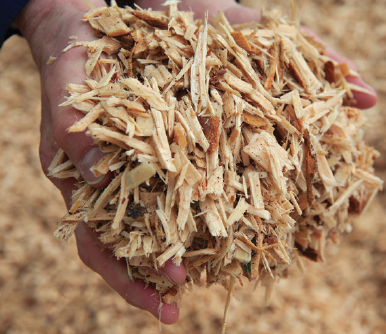How to Make an Equestrian Arena
While we understand that not everyone will ever need to know how to set up an equestrian arena, it’s nonetheless something that we’re occasionally asked about. Here’s our guide to making and filling an arena for you and your horses.
The base
As with any project, it’s well worth getting the base right, as it will provide the foundation for a long-lasting facility. The base of your arena really needs to be firm, level and free-draining. Don’t cut corners on its preparation: get a good contractor in to do the groundworks for you, and make sure that it’s properly levelled first. You then want to add a rolled stone sub-base, which again is a fairly skilled job, as you need to make sure that it’s level.
A Membrane
You then need to cover the sub-base with a permeable membrane, such as a geotextile membrane. This will allow free drainage of your surface and also prevent any sand, soil and stones getting mixed up with the surface. This is really important, as you don’t want stones in the surface and potentially harming your horses or riders, should they fall.
The Surface Material
 There is a wide range of surface materials to choose from. One of the most commonly used for arenas and gallops alike is equestrian woodfibre, also known as Dormit, which is made from a blend of softwood and hardwood fibre, finely shredded into wood chip. It is a high quality, pre-screened, dust-free equestrian surface, which gives a great all-weather surface, with excellent cushioning properties in the event of any falls. It’s widely available from bark suppliers, and is very low maintenance. It’s also free-draining and should last for years.
There is a wide range of surface materials to choose from. One of the most commonly used for arenas and gallops alike is equestrian woodfibre, also known as Dormit, which is made from a blend of softwood and hardwood fibre, finely shredded into wood chip. It is a high quality, pre-screened, dust-free equestrian surface, which gives a great all-weather surface, with excellent cushioning properties in the event of any falls. It’s widely available from bark suppliers, and is very low maintenance. It’s also free-draining and should last for years.
For arenas, you need to lay Dormit woodfibre to a depth of about 250mm, which will eventually compact down to about 150mm after use. Most bark suppliers will include a calculator of some sort so you can work out how much you need, but for a standard 40m x 20m arena, this means that you need 200m3 of woodfibre.
Alternative surfaces include:
- recycled wood chip, made from recycled timber, and therefore cheaper than Dormit woodfibre;
- silica sand, used all around the country for arenas and gallops;
- equestrian rubber chip, made from recycled tyres, free of metal, and certified 100% equestrian grade; and
- shavings, guaranteed dust-free, and usually supplied by bark suppliers in compacted bales for ease of transport or bulk loads.
Whatever you choose for your surface, make sure that you source it from a reliable supplier, who guarantees that it’s safe for equestrian use, is as dust-free as possible, and that it comes from a sustainable source.